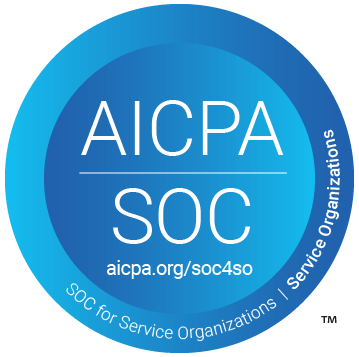Clinician Stress & Burnout
In the spring of 2020, as the COVID-19 pandemic hit hard, physicians and nurses everywhere were overwhelmed by positive cases, but also overwhelmed with positive, resounding support and praise. Since, that support has slowly dwindled while the pandemic still remains largely consuming, and these workers left more burnt out than ever. Healthcare workers remain exerting themselves to exhaustion, with far less recognition.
While this is one major example, burnout is nothing new to clinicians. Even prior to the COVID-19 pandemic, in a 2018 Mayo Clinic study, researchers found that 43% of clinicians experience burnout (Mayo Clinic, Sept. 2018). This is an alarming statistic, yet one that also speaks volumes to the amount of healthcare workers that struggle with burnout. This is a time-old struggle that never ceases to slow itself down. While the pandemic has propelled the situation, burnout was already a major issue.

How Does Burnout Display Itself?
What is burnout? It takes on a meaning that is different to each individual, but collectively in the field of healthcare is generally described as emotional and physical exhaustion, decline in satisfaction and happiness, and replacement of enthusiasm with cynicism for one’s work. Why does burnout happen? The causes are complex, but can be attributed in part to increased workload, severe time pressures, taxing work environments, among many other factors.

Effects of Burnout on Clinicians
96% of medical professionals agree that burnout is an issue. (NEJM Catalyst, Feb. 2021). While this is a startling number, it’s actually positive. The more that realize this is a larger issue, the more likely there is to be change sooner. While some hospitals have implemented small changes such as having guest speakers or dedicating an email of appreciation, it is not enough. There is no quick-fix solution, but there has to be somewhere to start.

Clinicians Suffer, Patients Suffer
Patients of these clinicians also suffer the repercussions of burnout. Doctors shorten their hours or abandon their medical practices entirely, and patients are left to scramble for time or look for new physicians. Burnt-out doctors that remain in practice can become distracted and detached, and their communication with their patients deteriorates completely. Bedside manners can worsen. Visits can become more expensive. Patient satisfaction lessens.

Is There a Solution to Clinician Burnout?
There’s no simple solution to burnout, but there are ways in which we can work as a society to lessen the burden. As many clinicians bring home healthy paychecks, many individuals assume that they are well-compensated for the stress and burnout of their positions. While yes, many healthcare professionals are very well-off financially, it doesn’t mean they should suffer more to be able to actually do their jobs. So what can we do for the clinicians in our lives and on this planet? Thank them. Appreciate them. Sympathize with them. Most importantly, work to change the face of healthcare.

To view customized tasks regarding your specific state license requirements or board requirements, sign into your Mocingbird profile and your virtual assistant will have already created your upcoming task list.
Don’t have a Mocingbird account yet? Sign up for your free trial today at mocingbird.com!
Drop us a note if you are interested in partnering with us. Complete this contact form and our team will reach out with a free CME process consultation for your organization.



